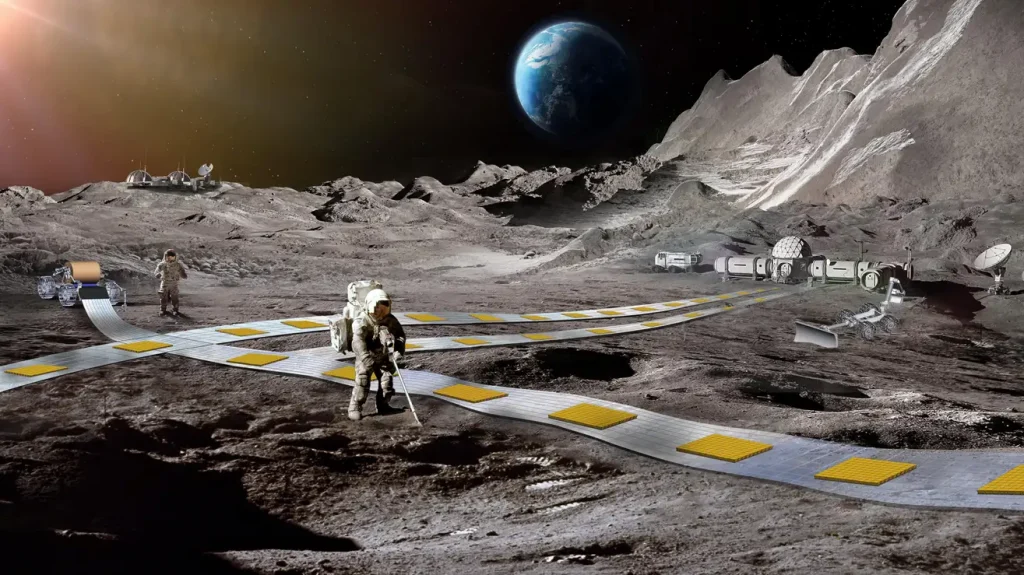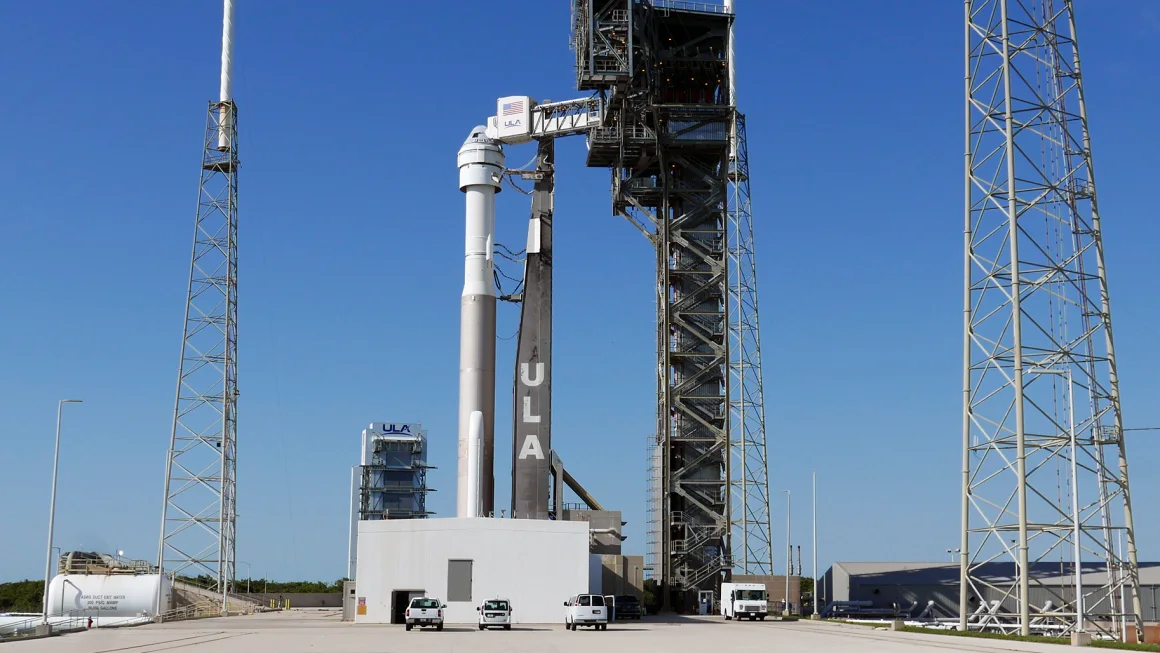NASA is exploring innovative solutions to establish a long-term human presence on the Moon, including a magnetic levitation (maglev) railway system for cargo transport. The NASA Innovative Advanced Concepts (NIAC) program recently selected six projects for further development, including the Flexible Levitation on a Track (FLOAT) system.
FLOAT employs unpowered magnetic robots that levitate over a three-layer flexible film track. The graphite layer allows robots to float passively using diamagnetic levitation, while the flex-circuit layer generates electromagnetic thrust for controlled propulsion. An optional thin-film solar panel layer can power the base in sunlight. FLOAT robots, with no moving parts, minimize lunar dust abrasion and wear.
Equipped with carts, these robots can carry payloads of various shapes, weighing up to 72 pounds (33 kilograms), at a speed of 0.5 miles per second (1.61 kilometers per second). FLOAT is primarily designed to deliver lunar soil, building materials, and equipment to astronauts working on the lunar base; it is not intended for human transport.
FLOAT’s deployment is designed to be simple. The railway system will operate autonomously, with tracks unrolling directly onto the surface, eliminating the need for major on-site construction.
While FLOAT’s design is new, the concept of a lunar railroad has been around for some time. Northrop Grumman is developing a Moon-based railroad that could carry both cargo and humans.
In NIAC’s second phase, the FLOAT team will focus on designing and testing sub-scale robot/track prototypes, assessing potential environmental impacts, and refining railway system simulations.
Future human settlements on the Moon and Mars will require groundbreaking engineering ideas. Another NIAC project in development is a nuclear fission-based propulsion system that could transport astronauts to Mars in as little as two months.











Very interesting subject, thank you for putting up.Money from blog